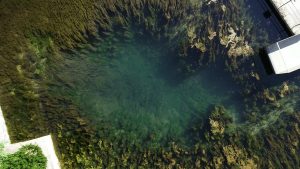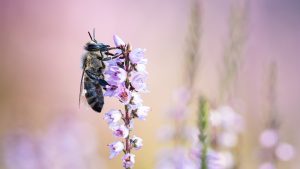Kingfishers and other birds at the Senne brooks
Kingfishers are unmistakable. The brightly coloured bird is the character of our rivers and a very popular figure. Nature lovers love it because of its colourful appearance, its interesting breeding biology and its fascinating diet. Kingfishers are widespread in North Rhine-Westphalia and can be observed almost all year round. They dig their brood holes up to one metre long in the steep banks of water. They go hunting from there. Kingfishers get their food almost exclusively from bodies of water. With their large, pointed beaks, they mainly prey on small fish in a dive, but also insects and tadpoles.
The kingfisher, which used to be rarer in the past, now benefits from the significantly improved water quality in our rivers compared to the 1970s and 1980s. The river renaturation that has now been carried out in many places has also contributed to the improvement of the situation of the kingfisher, as they lead to more water dynamics and therefore to a richer water structure. Even the winters, which are often milder today, certainly help the kingfisher, as strong winter frosts used to often lead to a decline in the kingfisher population. The signs are good that we will hear the kingfisher’s piercing whistle even more often in the future, or that we will see one of the cobalt blue and orange-brown birds dart across the water as quick as an arrow.
Other noticeable birds on the Senne streams are dipper and grey wagtail.







